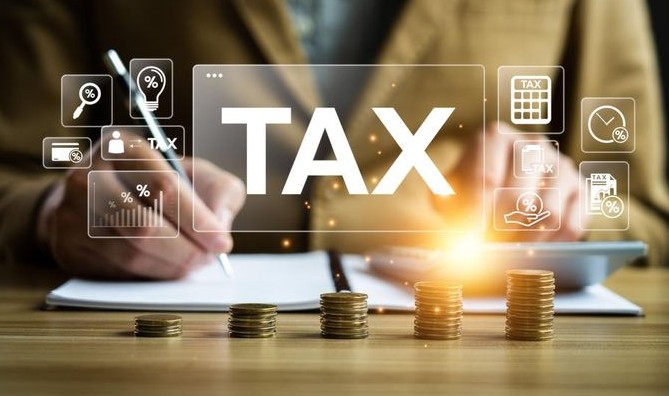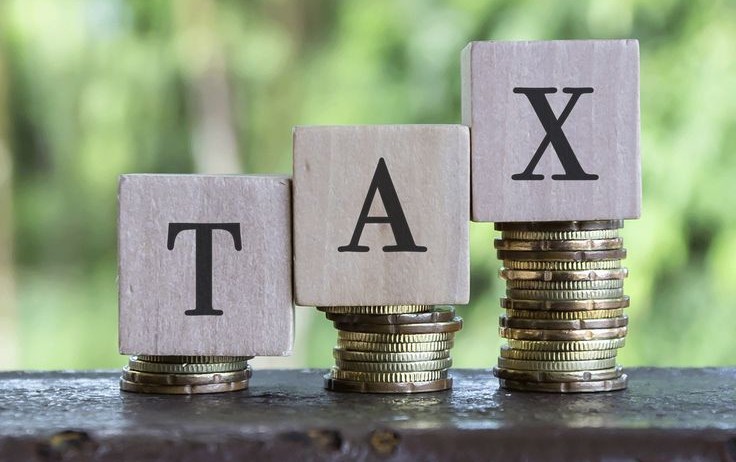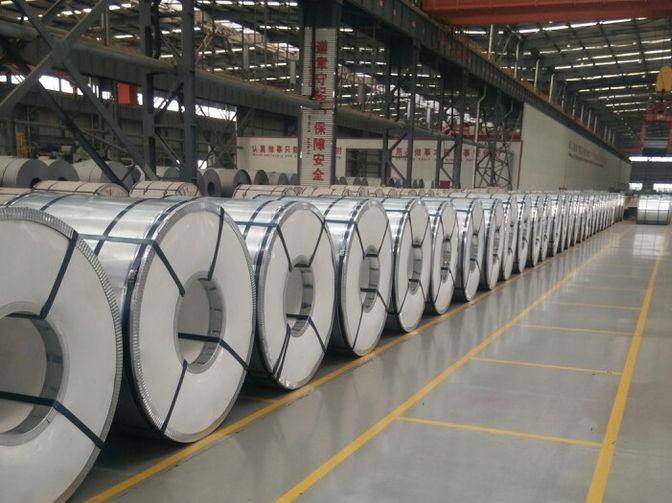New regulations aim to make mutual funds easier to understand, more transparent, and accessible across India
India’s mutual fund landscape is set for a major transformation.
The Securities and Exchange Board of India (SEBI) has announced a complete review of mutual fund regulations to make them simpler, more transparent, and aligned with the needs of today’s investors and the evolving financial ecosystem.
At the 17th Mutual Fund Summit hosted by the Indian Chamber of Commerce (ICC), SEBI Executive Director Manoj Kumar said:
“We are reviewing the entire mutual fund regulatory framework to enhance ease of doing business for all stakeholders, including the regulator.”
Why This Matters
India’s mutual fund industry has grown rapidly, crossing ₹72 lakh crore in assets under management (AUM). Monthly SIP (Systematic Investment Plan) inflows now touch ₹28,000 crore. But despite this, only 5 crore Indians out of 140 crore are investing in mutual funds.
SEBI’s new approach aims to change that.
By simplifying rules, introducing more investor-friendly products, and expanding financial education, SEBI is preparing the ground for the next wave of mutual fund growth.
What’s Changing? Key Highlights from SEBI’s New Vision
- Simplified Mutual Fund Regulations
SEBI plans to shorten and simplify the existing mutual fund rulebook, which is currently one of the lengthiest in the financial sector. The goal is to make compliance easier for fund houses and understanding simpler for investors.
- New Draft Rules Coming Soon
SEBI will release draft regulations for public feedback before finalising them. These changes are expected to reduce complexity, improve transparency, and enhance investor protection.
- Introduction of SIFs – Strategic Investment Funds
To offer more choice to mid-sized investors, SEBI has approved a new product category—SIFs—with ticket sizes between ₹10 lakh and ₹50 lakh. These will be managed by mutual funds known for strong governance and risk management.
- Faster Approvals for PMS and AIFs
SEBI is streamlining the registration process for Portfolio Management Services (PMS) and Alternative Investment Funds (AIFs) to make market participation easier and faster.
- Better Scheme Categorisation
SEBI is working on making mutual fund categories more intuitive and “true to label,” to help investors understand what they’re buying and avoid confusion or mis-selling.
- Transparency in Mid & Small-Cap Funds
SEBI reaffirmed its disclosure-based regulation approach, especially around stress testing mid- and small-cap funds. The focus remains on keeping investors well-informed without overburdening fund houses.
Reaching the Next 100 Million Investors
Kumar also highlighted SEBI’s focus on expanding mutual fund access in Eastern India, especially in West Bengal and the Northeast, where awareness and adoption remain low.
He called on the industry to maintain high standards and avoid practices that trigger regulatory crackdowns:
“Our goal is not to disrupt but to allow business to thrive.”
AMFI Echoes SEBI’s Vision: From Savers to Wealth Creators
V N Chalasani, CEO of AMFI (Association of Mutual Funds in India), emphasized the need to move beyond just financial inclusion to true financial well-being.
While the industry has grown significantly since 2017—thanks to SEBI’s investor education campaigns—mutual fund AUM still represents only 20% of India’s GDP, far below the global average of 65%.
AMFI’s Action Plan:
-
Financial literacy programs in schools and universities
-
Partnering with India Post to expand mutual fund distribution
-
Launching simple, innovative products for middle-income investors
-
Focusing on Tier 3 and Tier 4 cities for deeper reach
“Every Indian can evolve from a saver to an investor—and ultimately a wealth creator,” said Chalasani, calling for stronger collaboration among regulators, fund houses, and educators.
Final Word
SEBI’s move to reform mutual fund regulations marks a crucial turning point for the industry. With a focus on simplicity, investor trust, and ease of doing business, the regulator is setting the stage for inclusive and sustainable growth in India’s capital markets.










